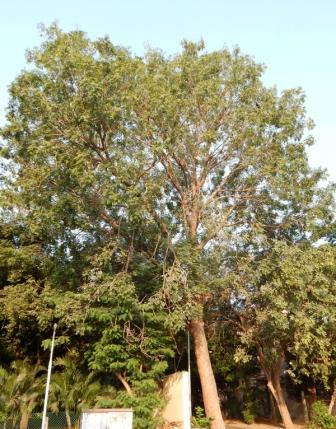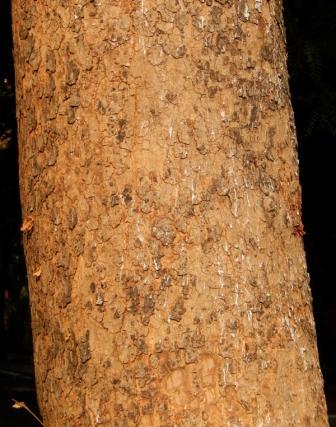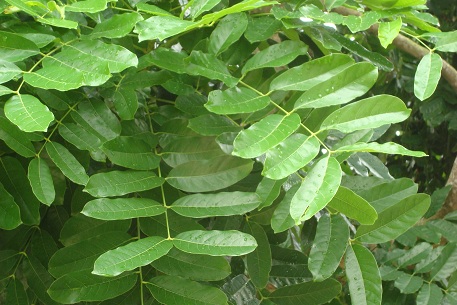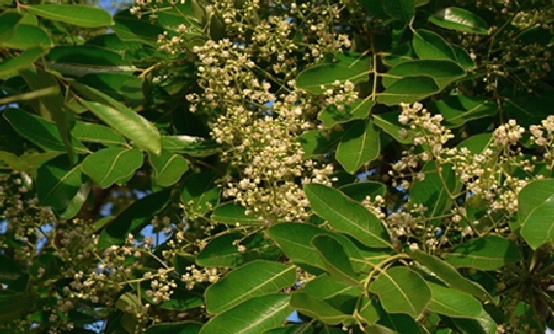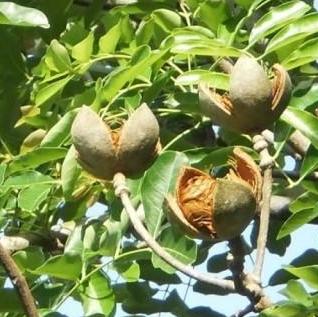Natural Regeneration :
- Natural regeneration by root suckers.
Artificial Regeneration :
- Propagated by nursery raised seedlings.
Seed collection and Storage :
- Seed are collected from the tree during April - June
- Sun-dry the seeds out in the open for 1-2 days
- Cleaned seeds can be stored in air tight containers.
- One kilogram contains 1500-2000 seeds.
- Seeds can be stored for a year or more
Seed Treatment :
- Soaked in cold water for 24-48 hrs
Nursery Technique :
- Nursery raised Seedlings:
- Polybags of size 13 x 25 cm are filled with good mixture of growth medium (Red soil, sand and FYM (2:1:1)
- Two seeds are sown per bag at a depth of 1.5 cm in February-March.
- The seedlings attain plantable size in 6 months.
Plantation technique :
- The 30 cm3 pit at a spacing of 5 m x 5 m (Block planting) and 3m x 3m (Boundary planting) are prepared in advance to allow weathering of soil.
- Planting is done on the onset of first monsoon.
Care & Disease Control :
- Soil working around the plant is carried out for a month after planting.
- Weeding and ploughing once in a year is necessary.
Irrigation :
- For proper growth and survival it is necessary to give one or two waterings after planting. This is specifically required in arid regions.
- Irrigation after planting is not a prerequisite in areas having sufficient soil moisture and precipitation.
- Higher survival rate and better rate of growth is reported when soil and water conservation measures are also adopted.
Recommended Harvest :
Yield :
- Approximately 150-200 tones /ha*
*Subject to varry according to site factors.
Major uses :
- The wood is valued for carpentry, joinery, furniture, cabinet work, ship building and decorative veneer.
- It is suitable for construction, flooring, interior trim, vehicle bodies, toys, novelties, railway sleepers, turnery and pulpwood.
- It is also used as fuel wood and for charcoal production.
- The bitter-tasting bark is highly valued in traditional medicine.
Market details :
- Approximately Rs.1800 – 2000/tons*
*Subject to change according to market demands


